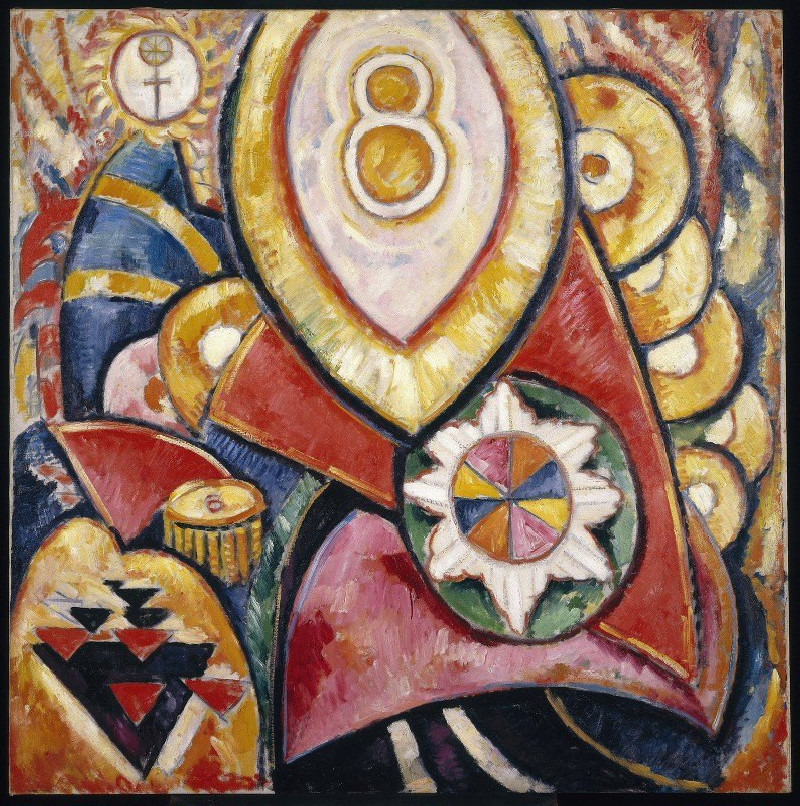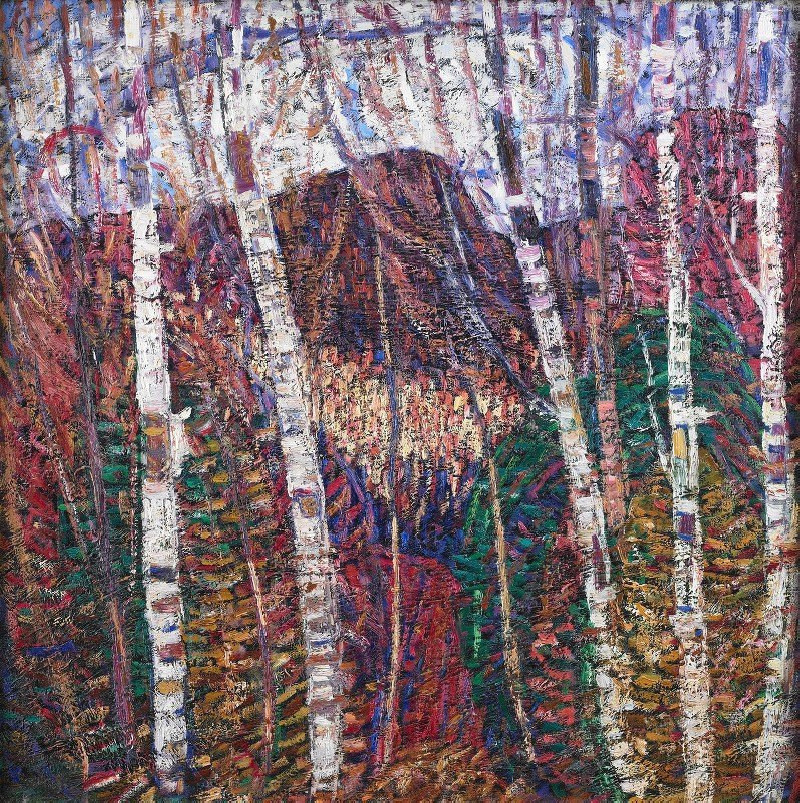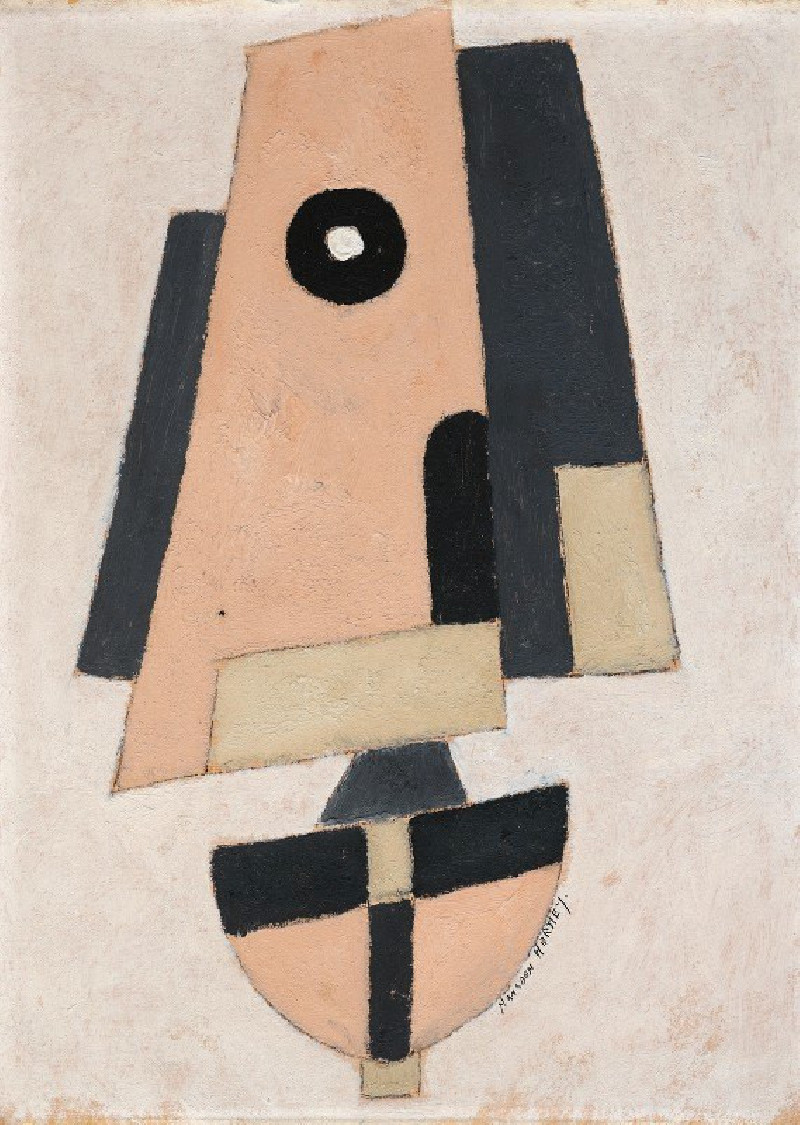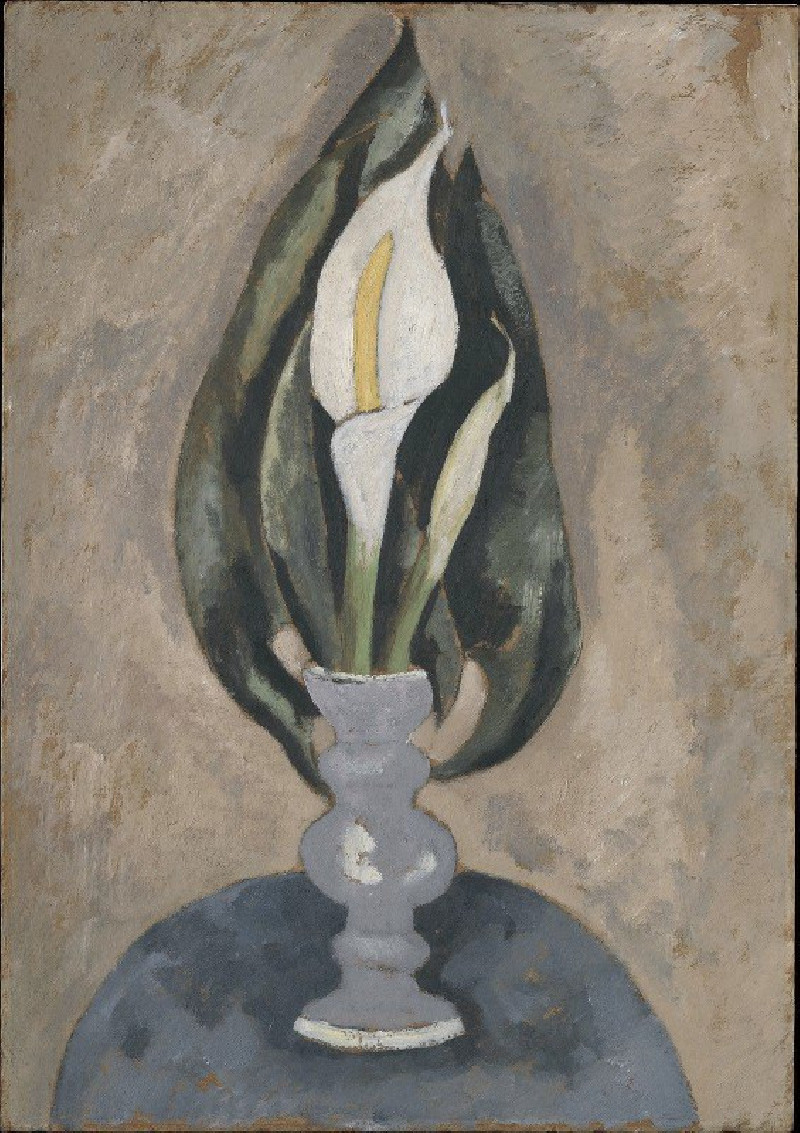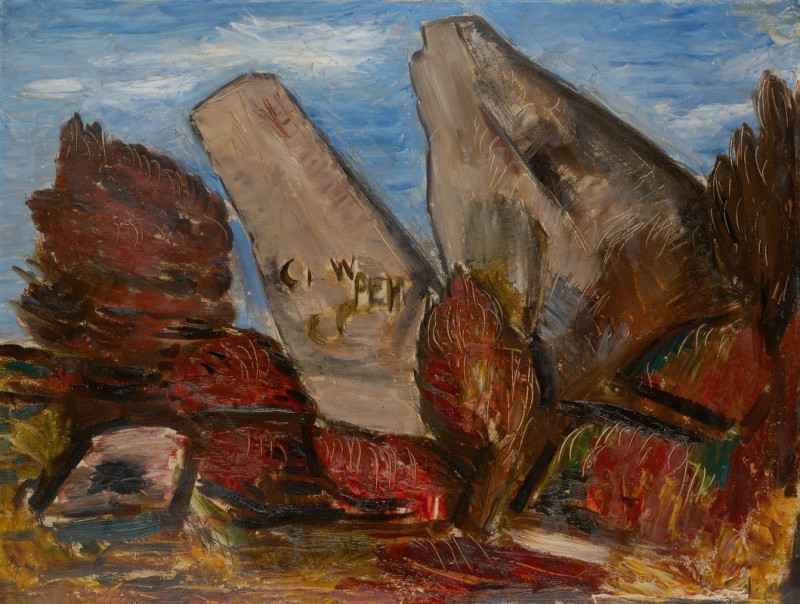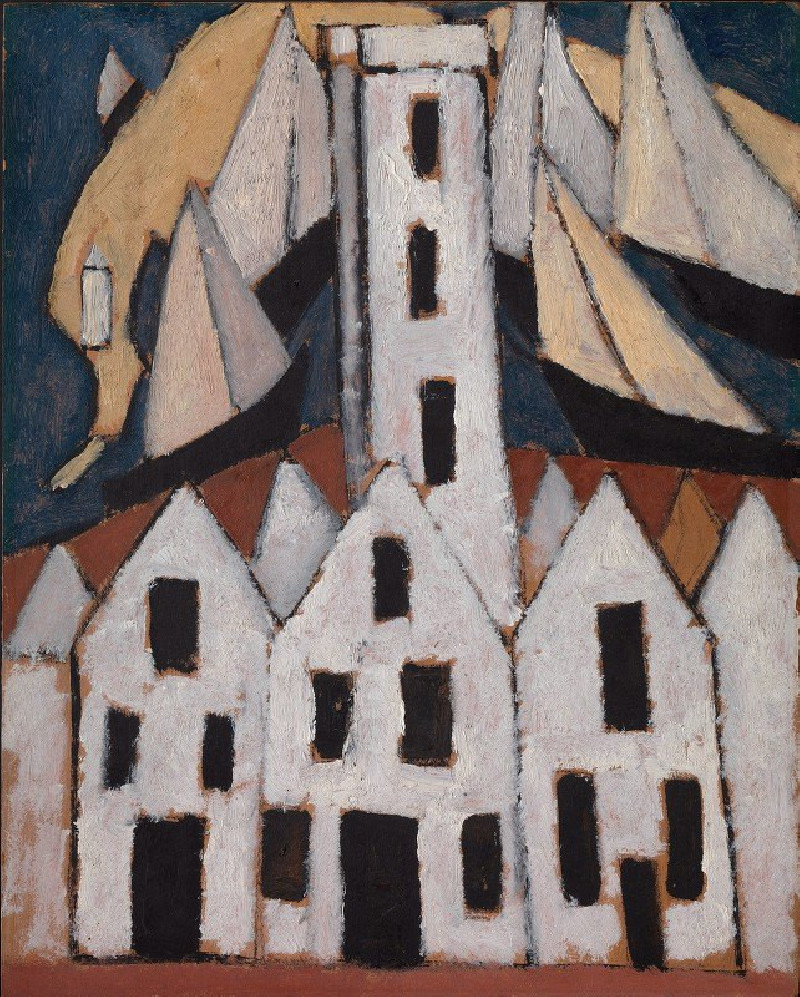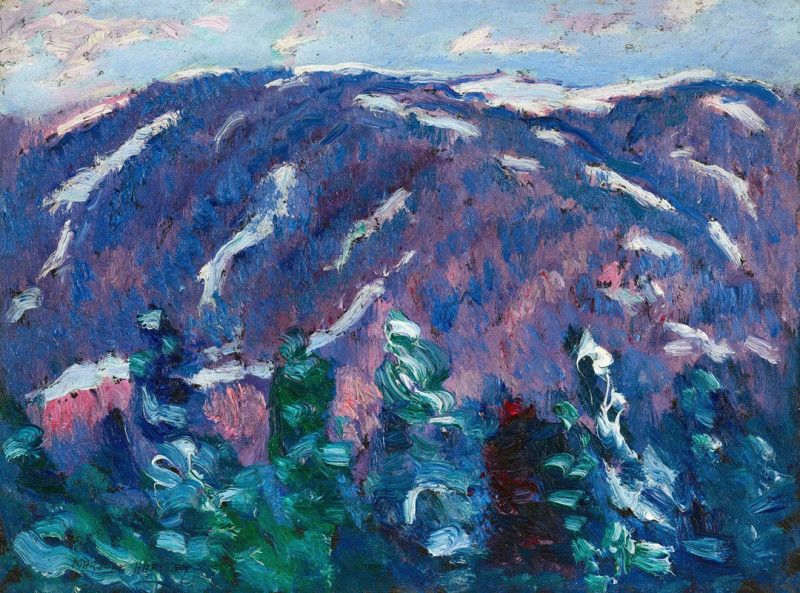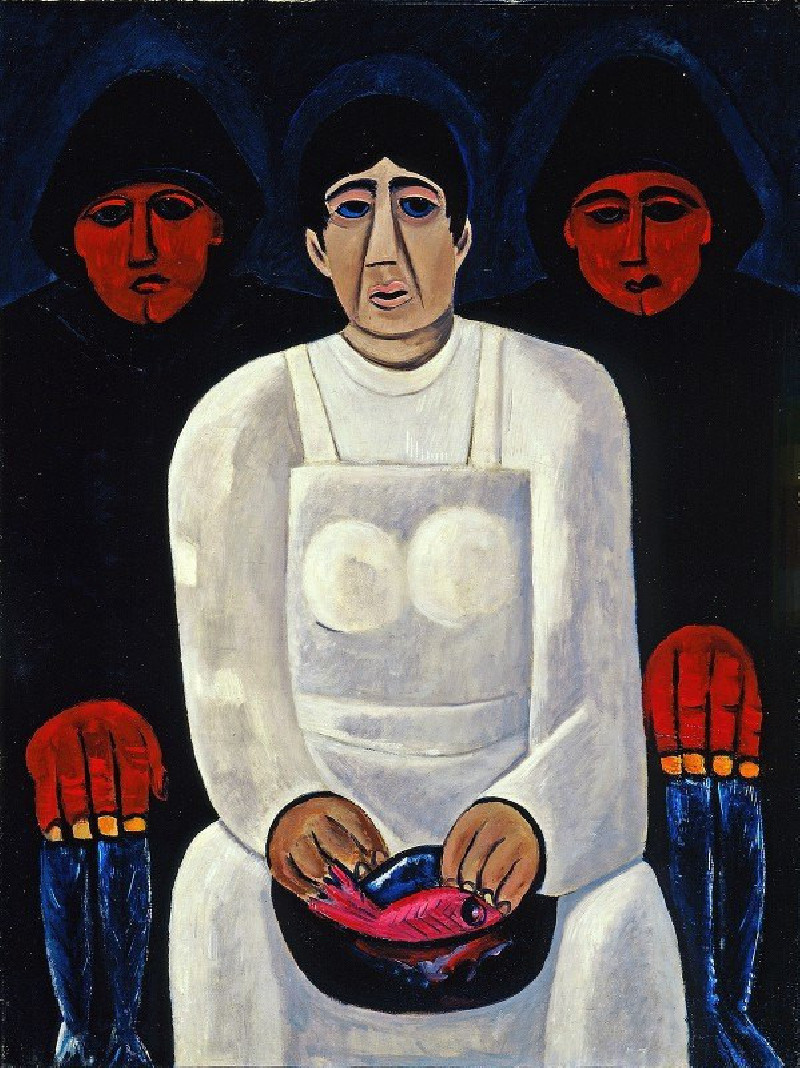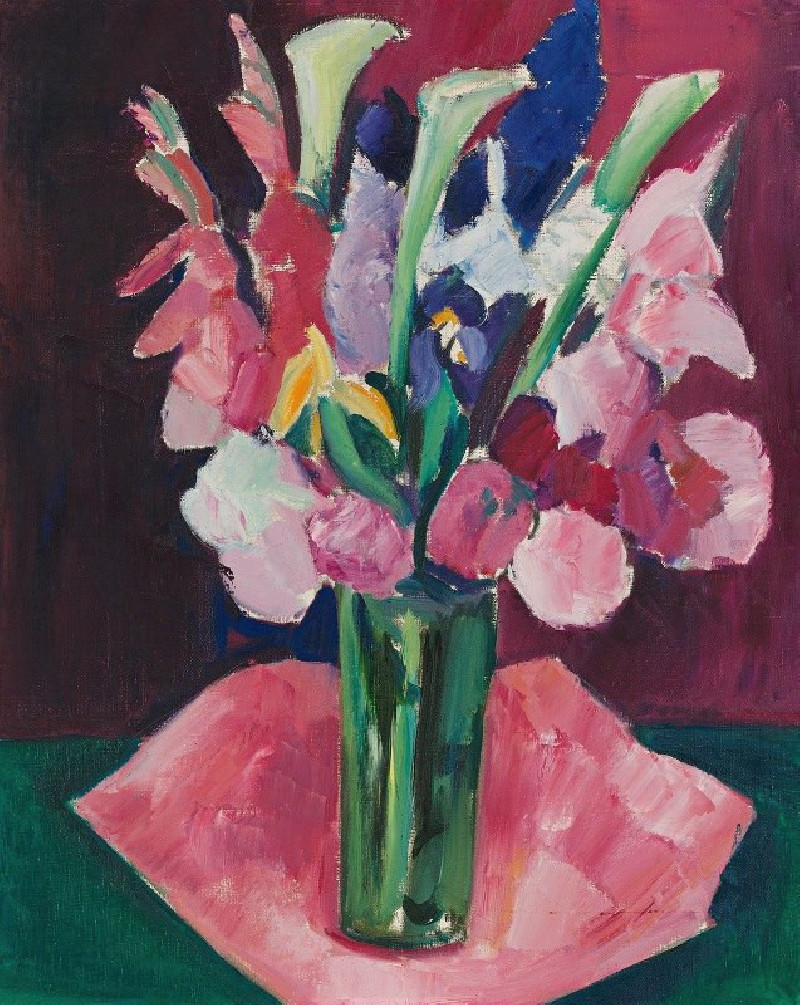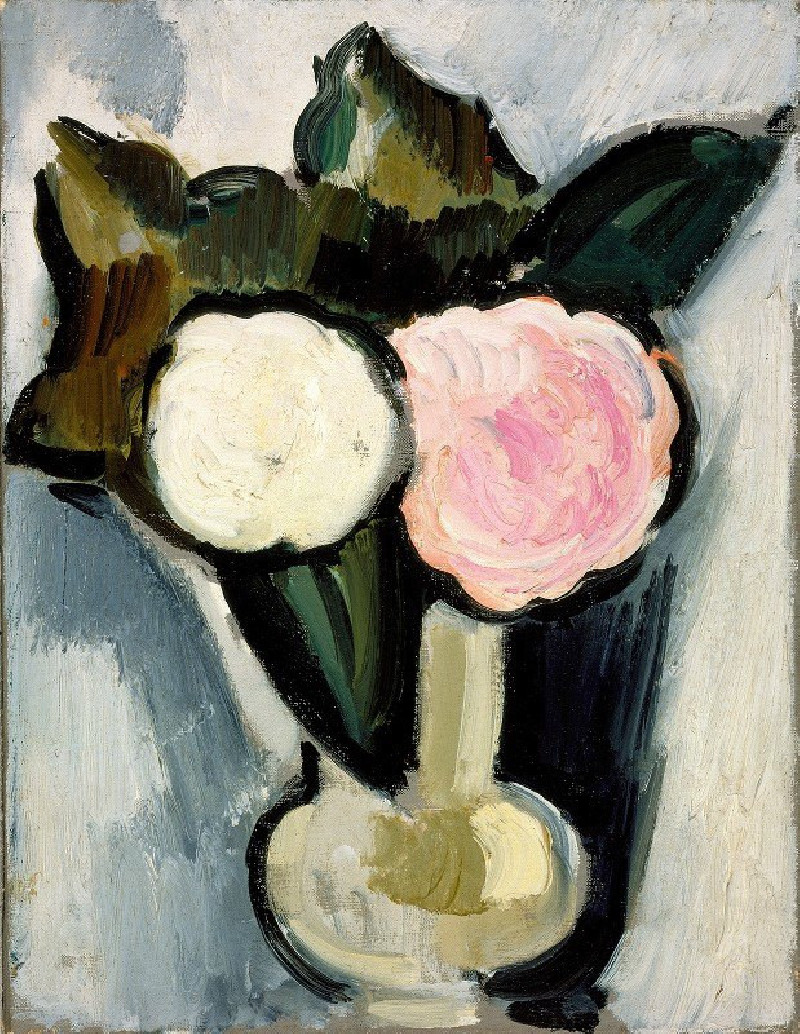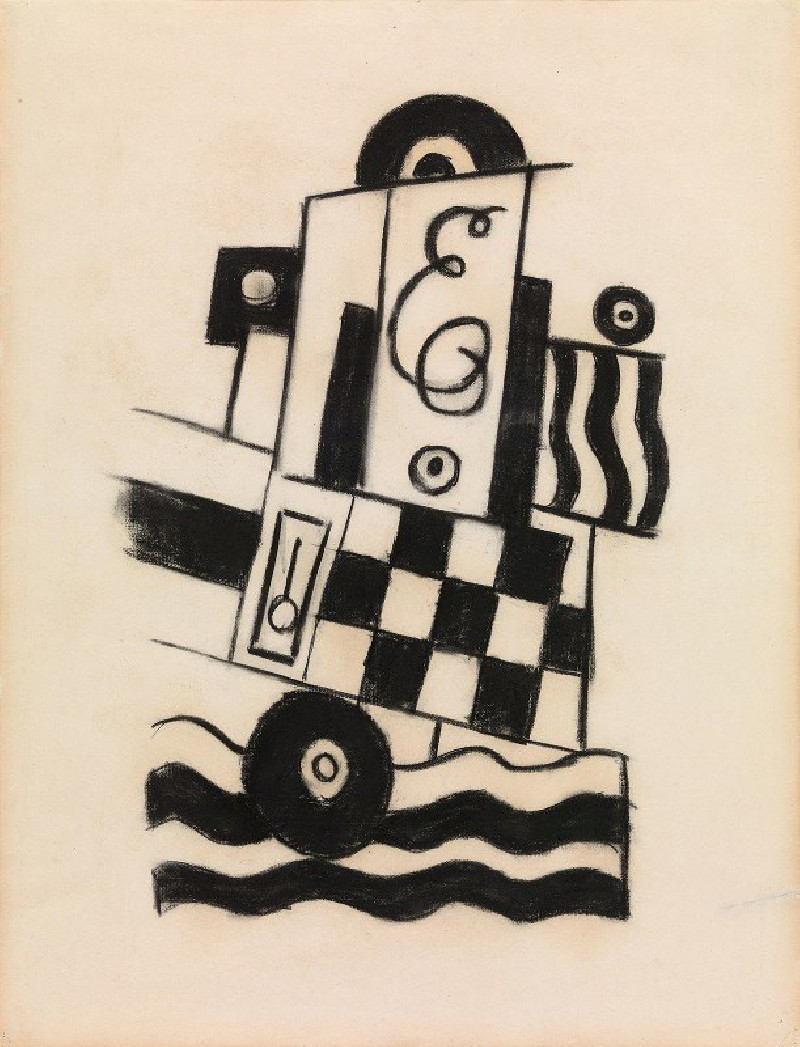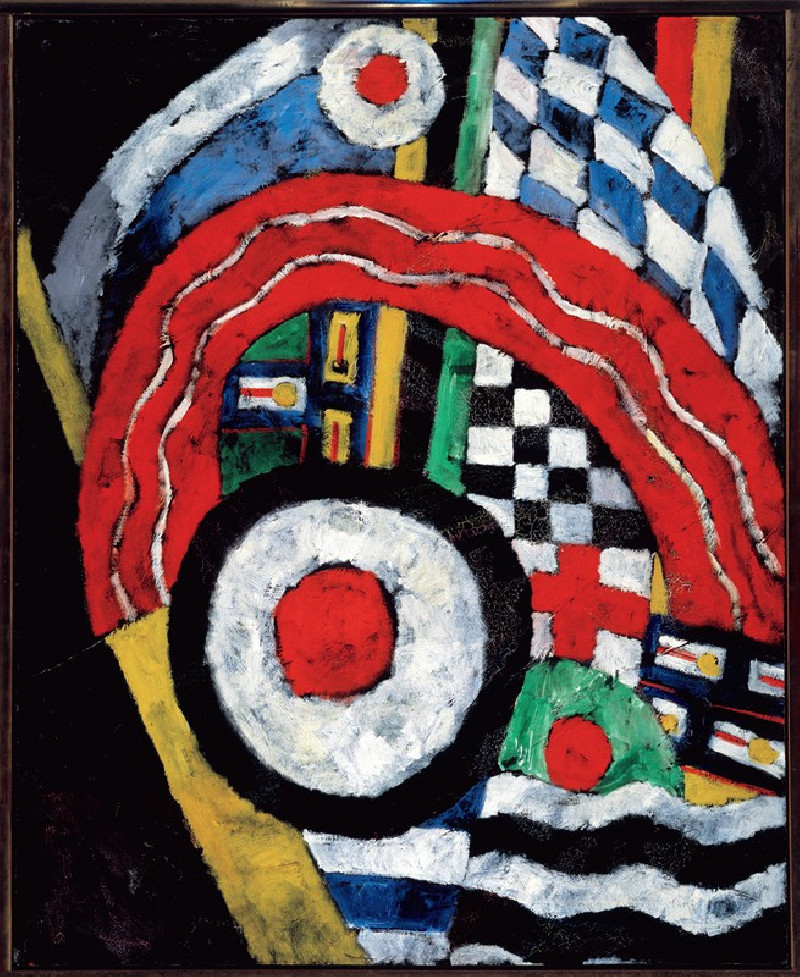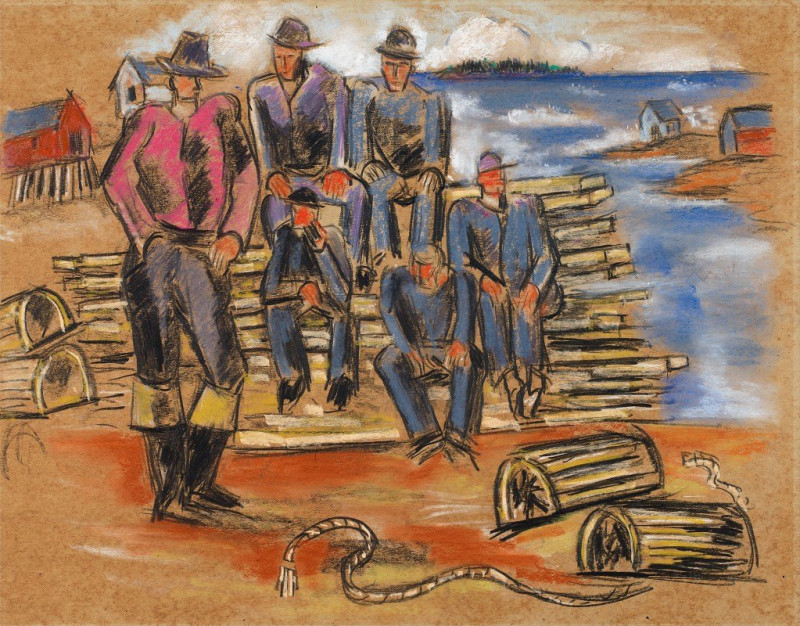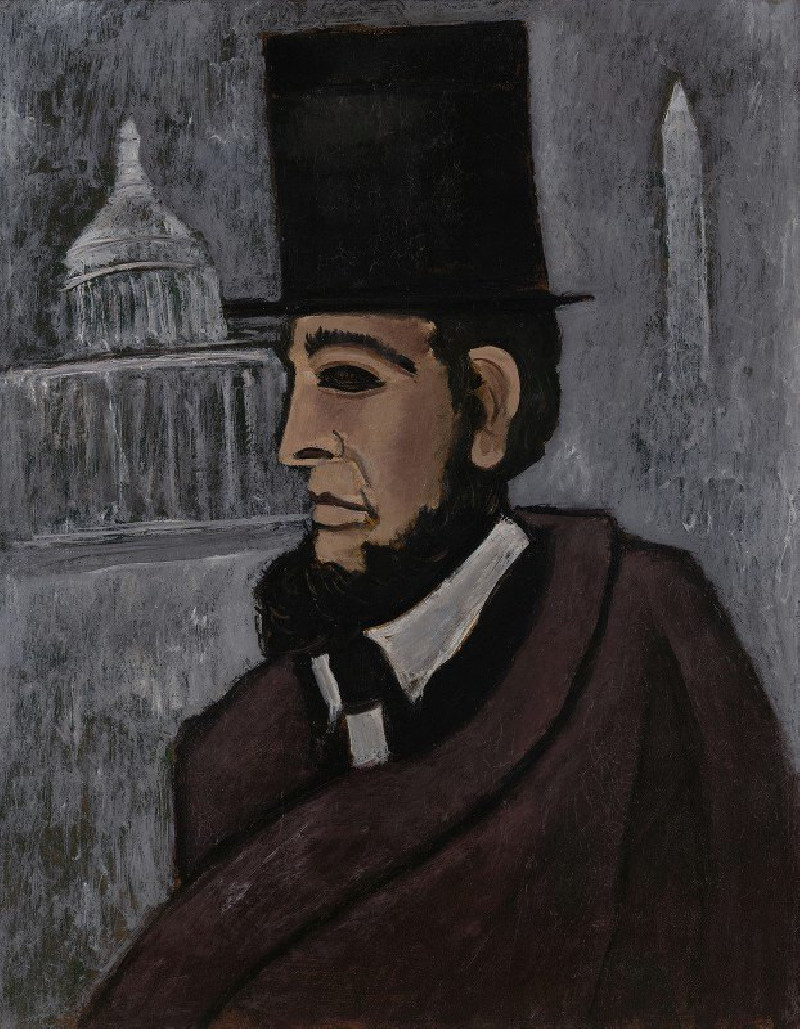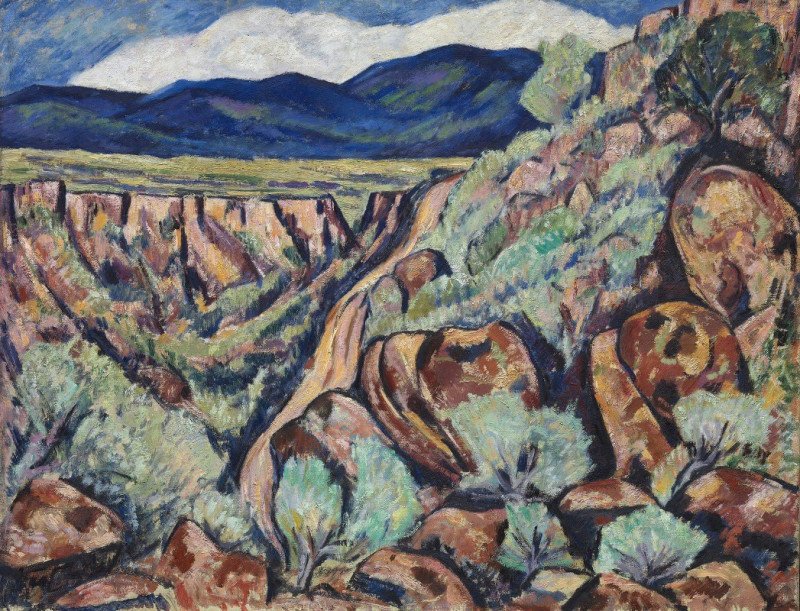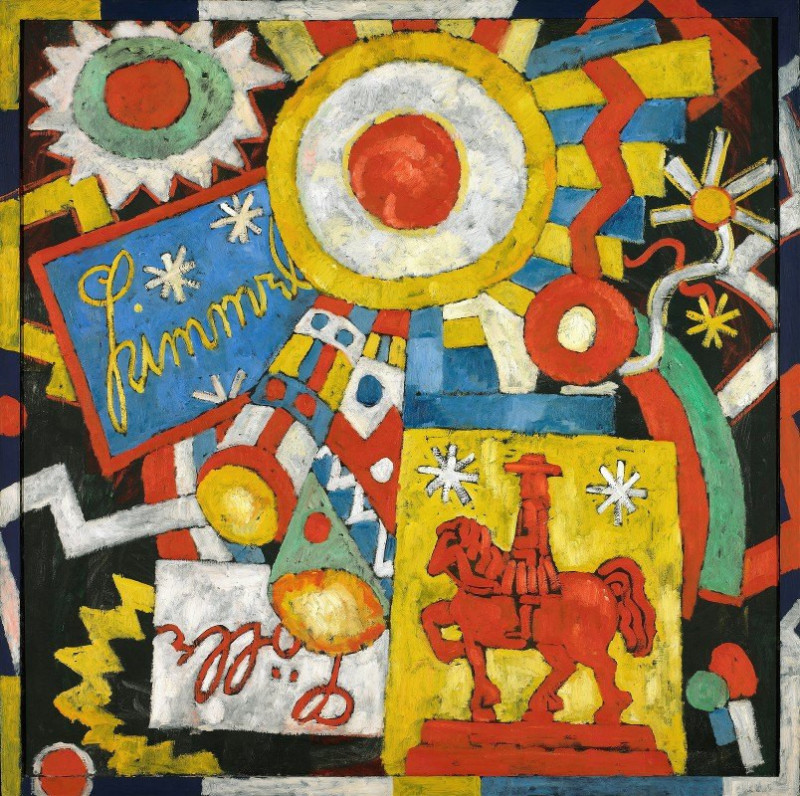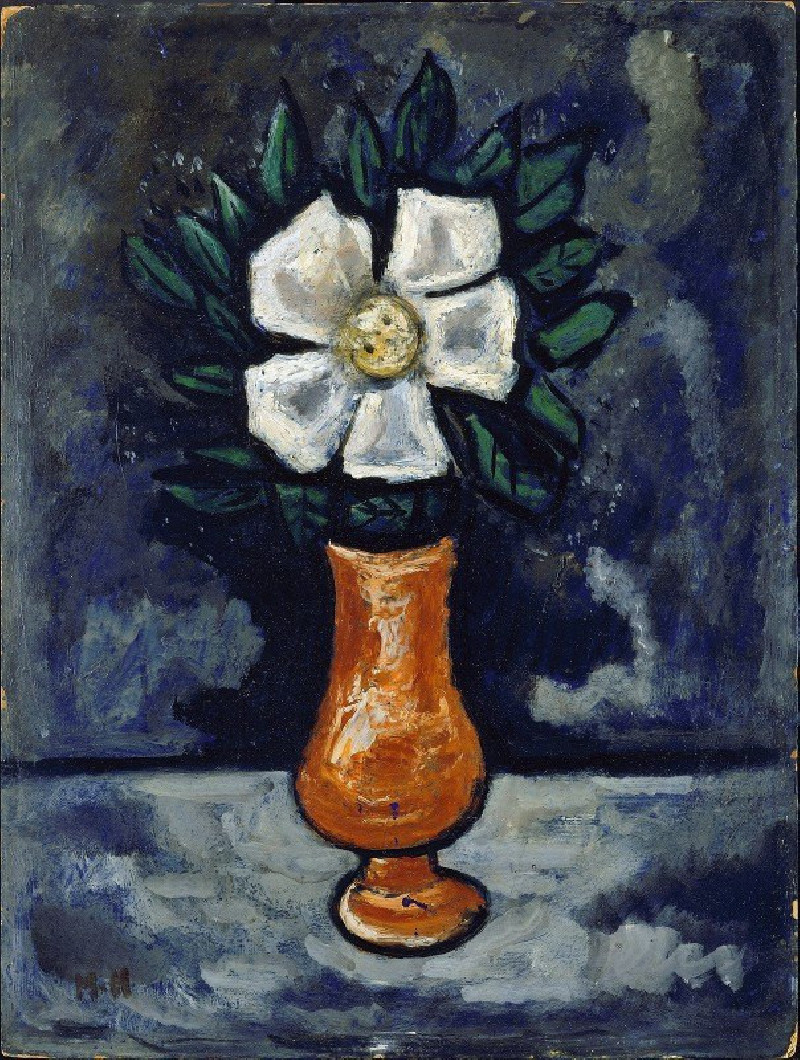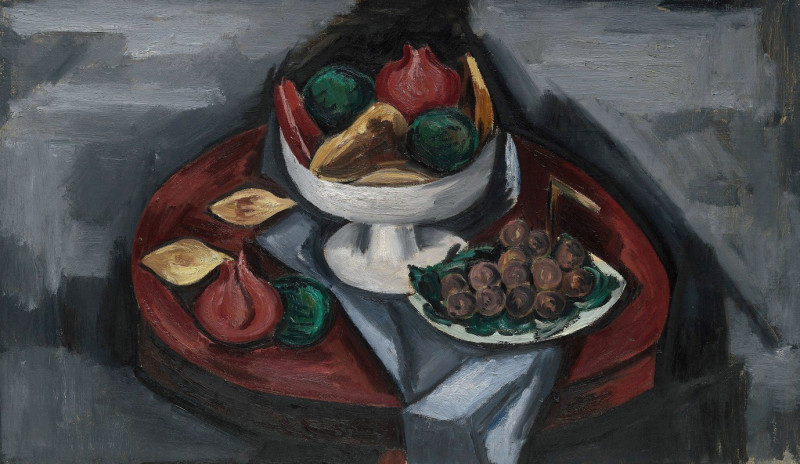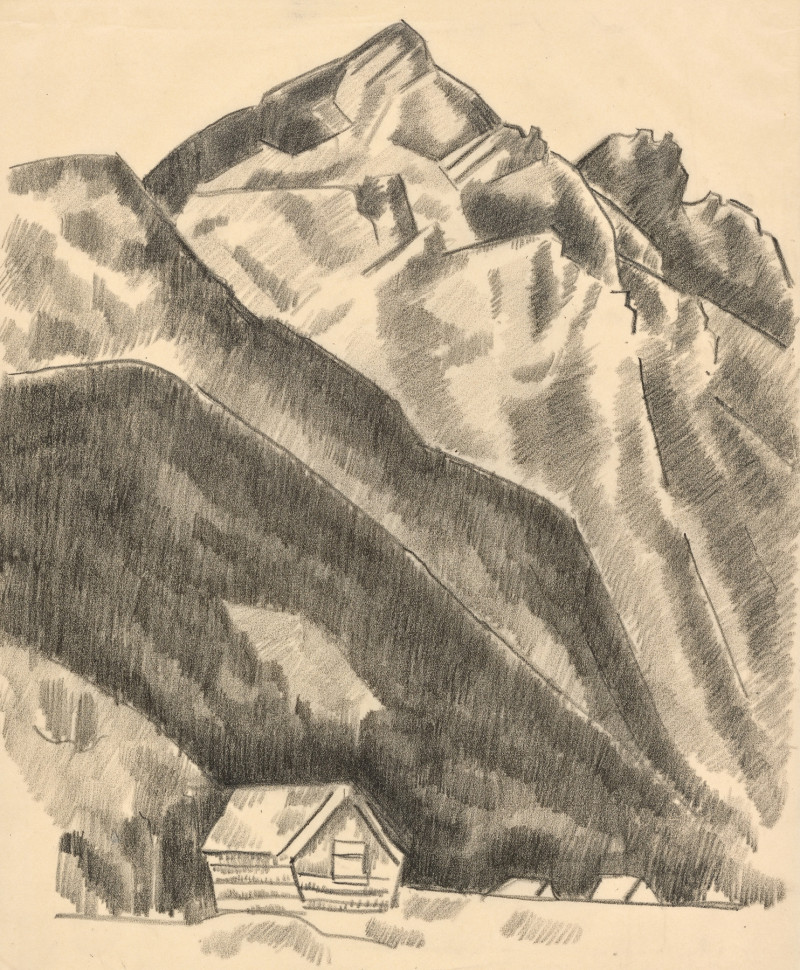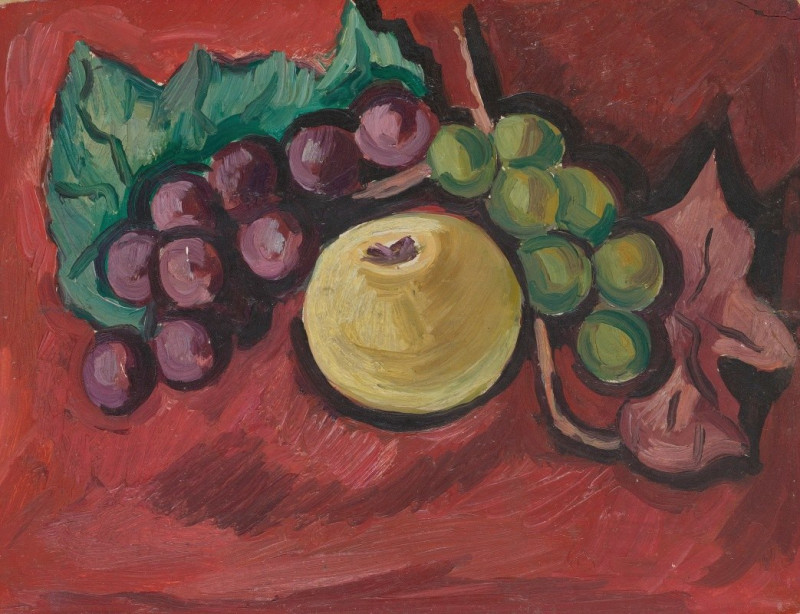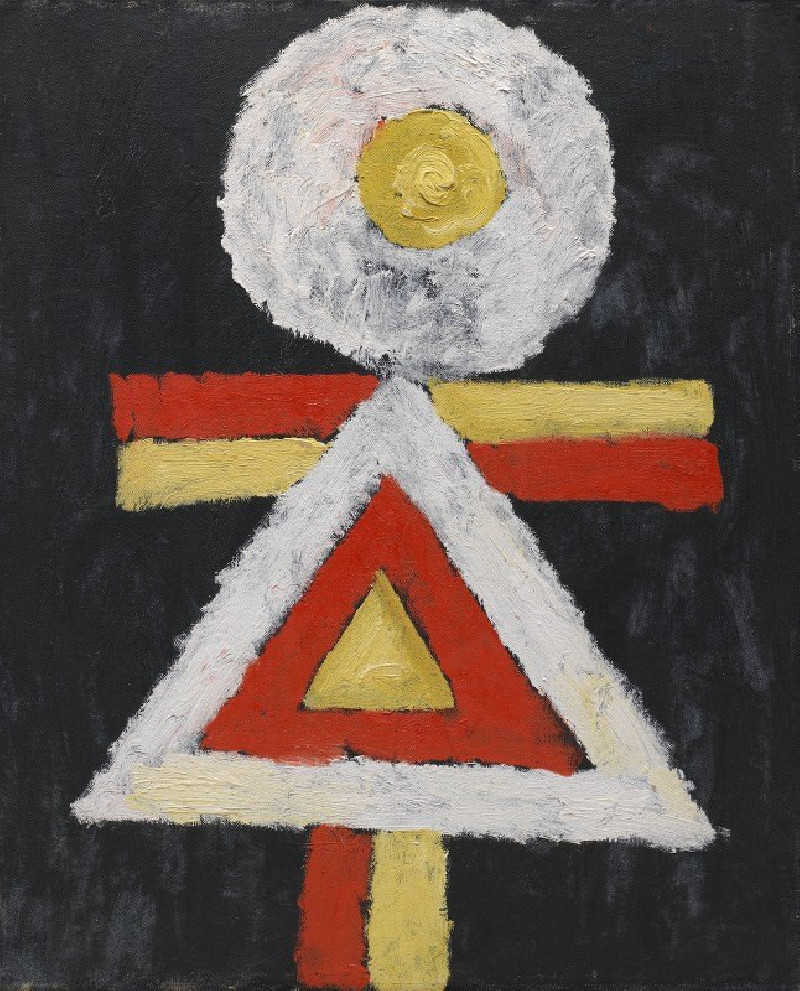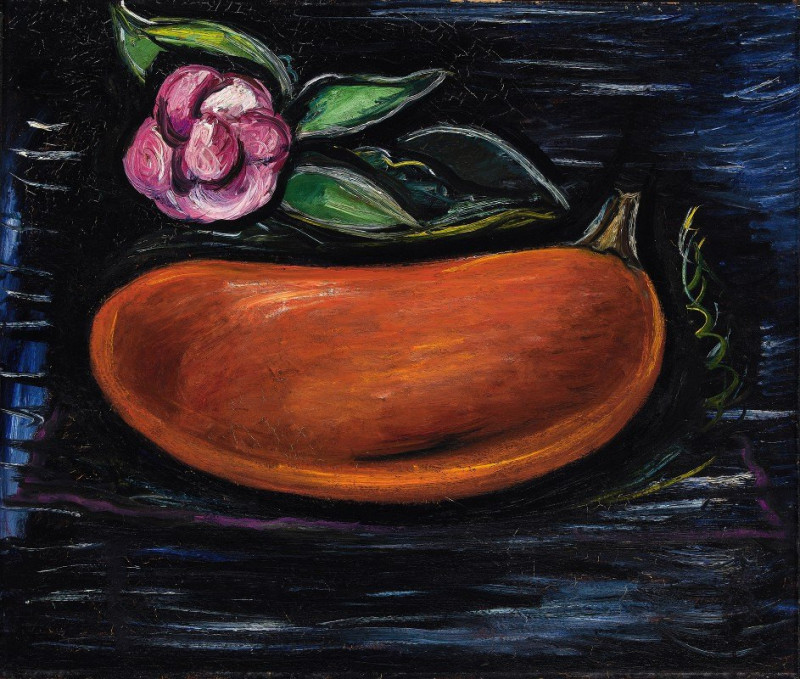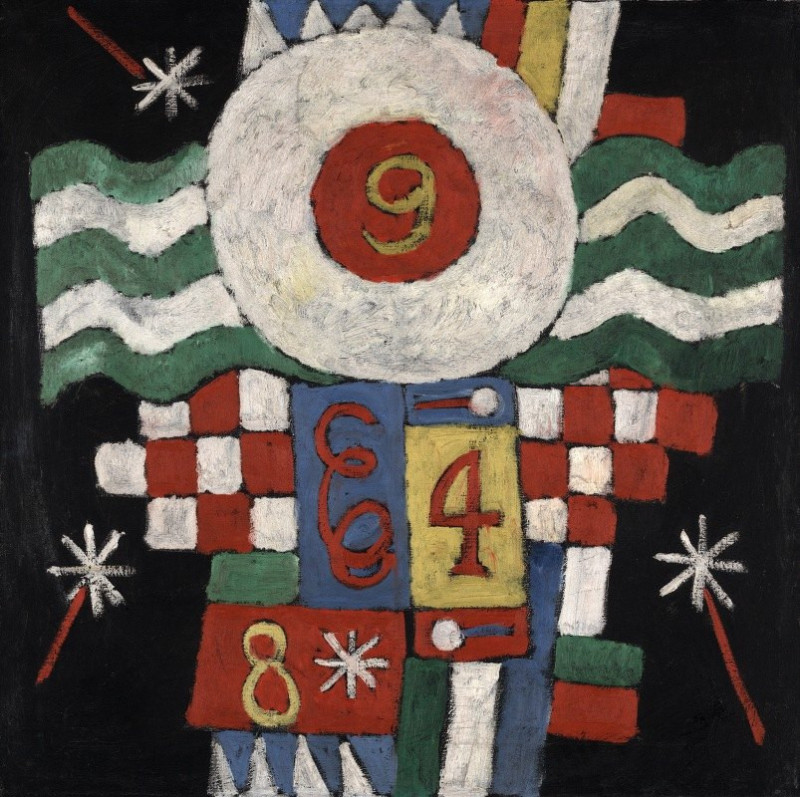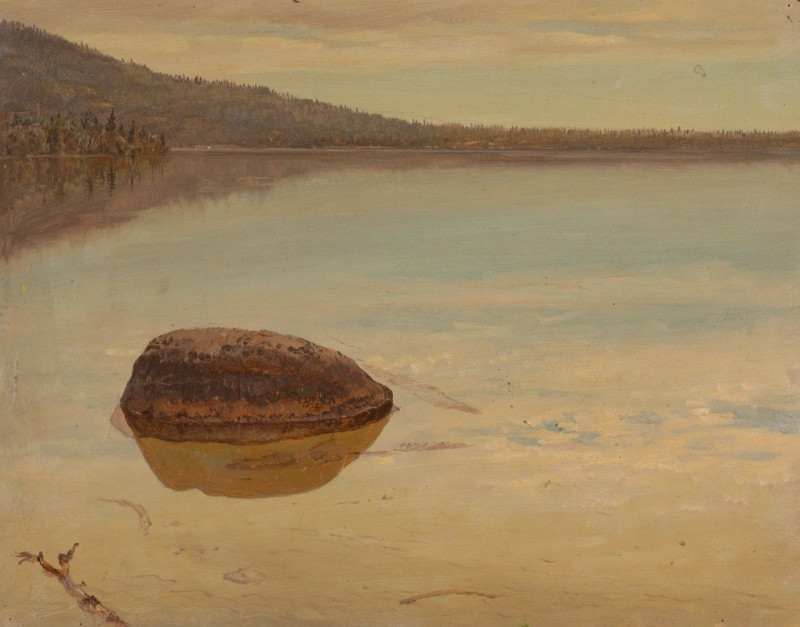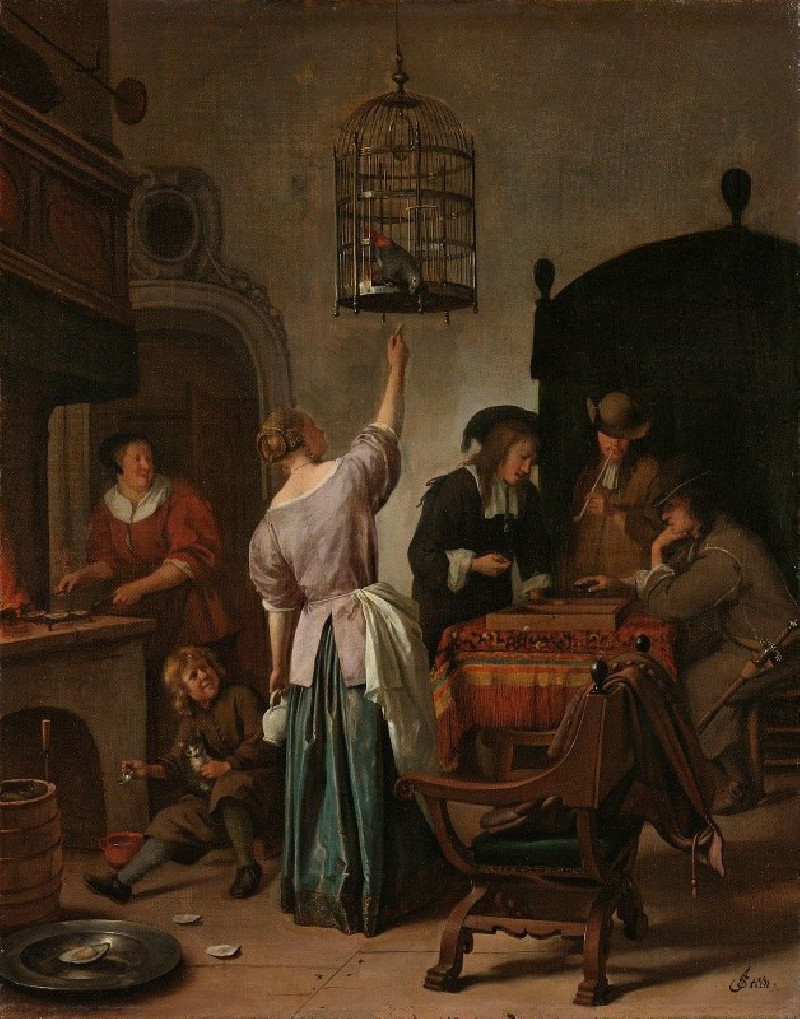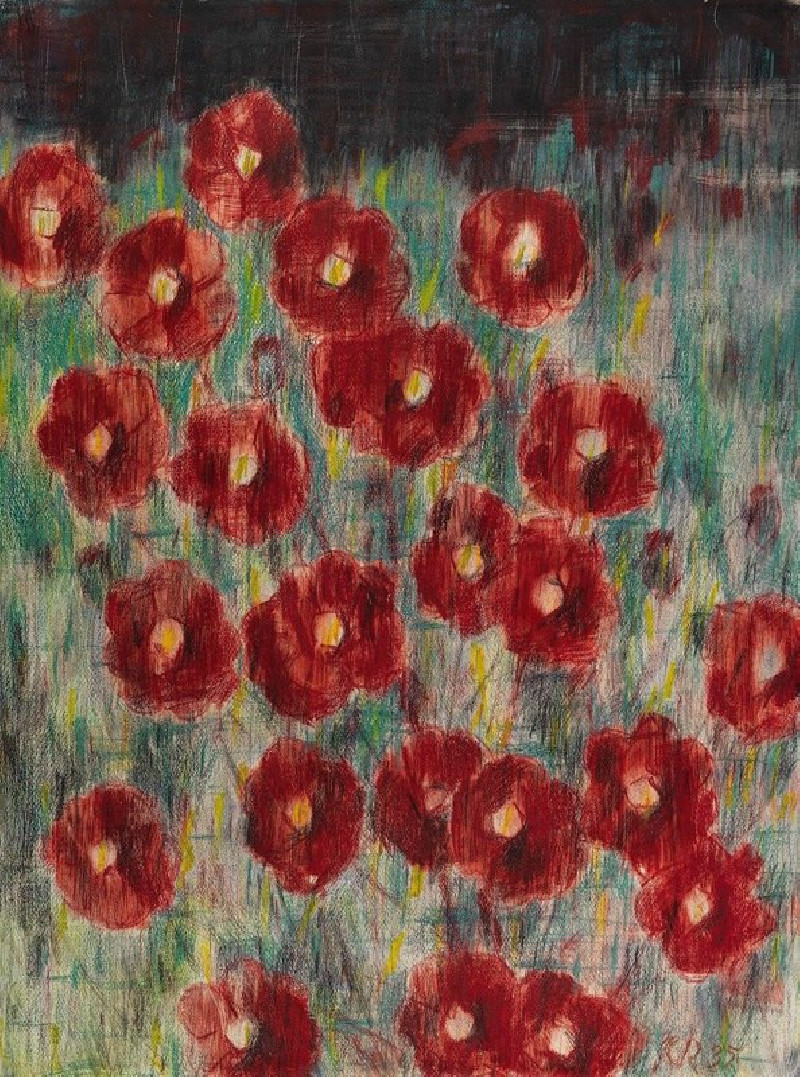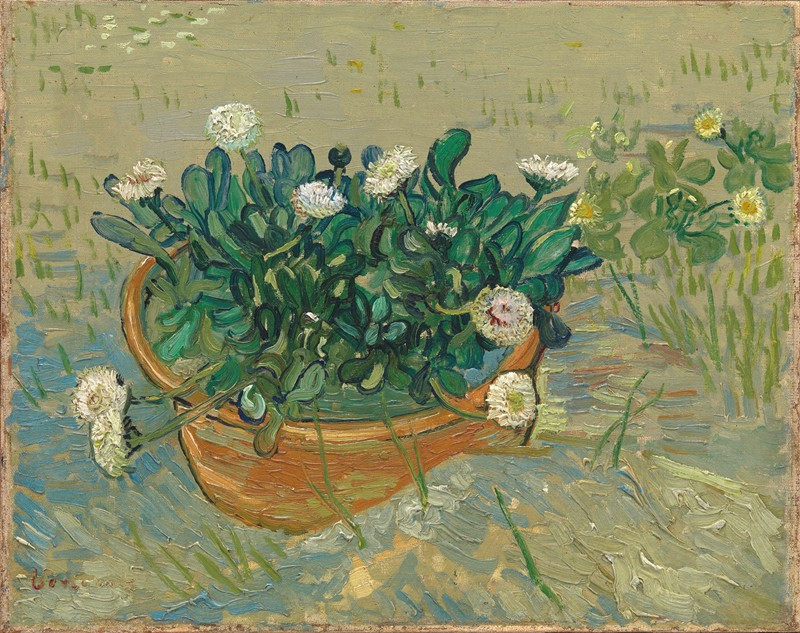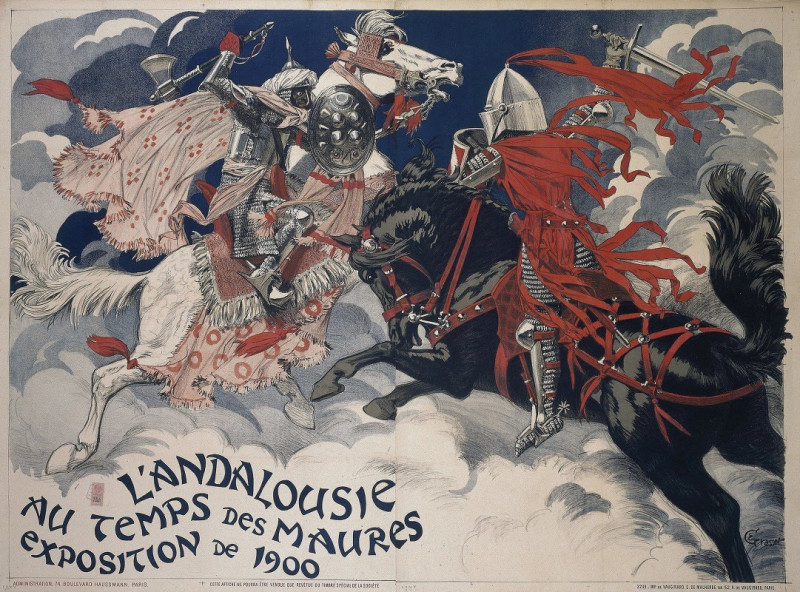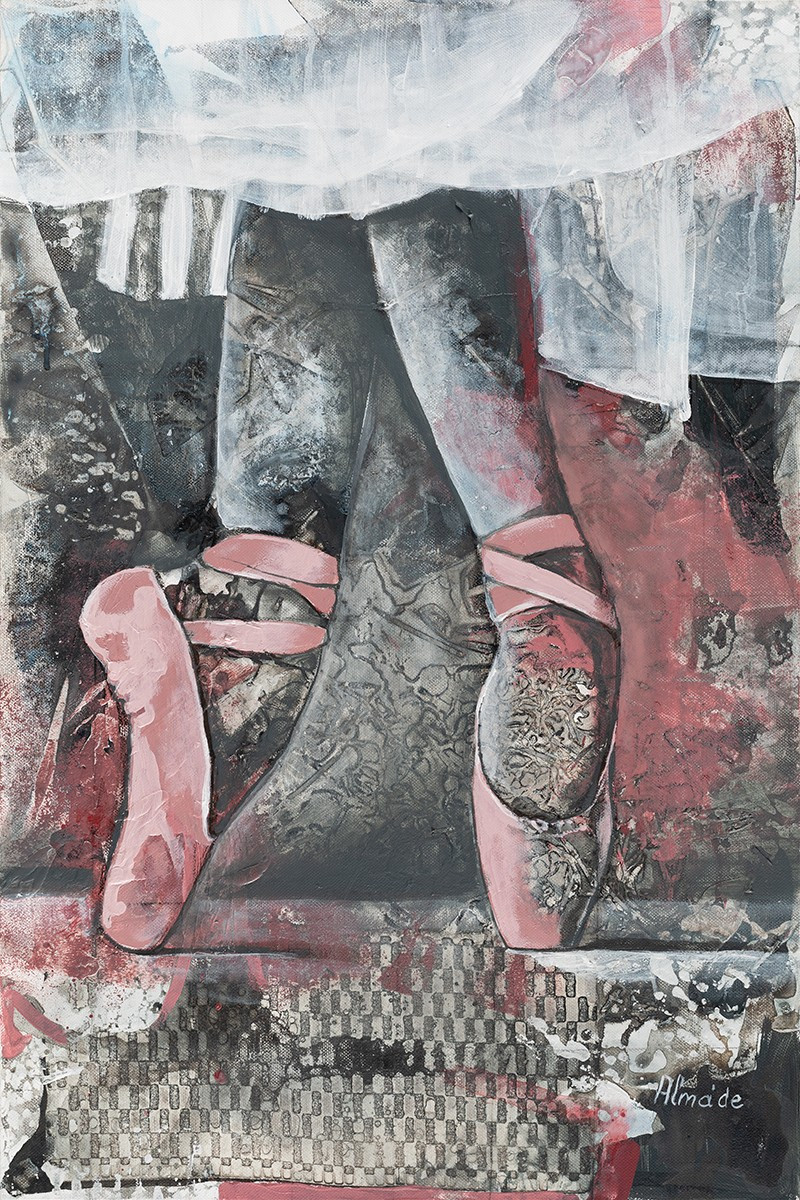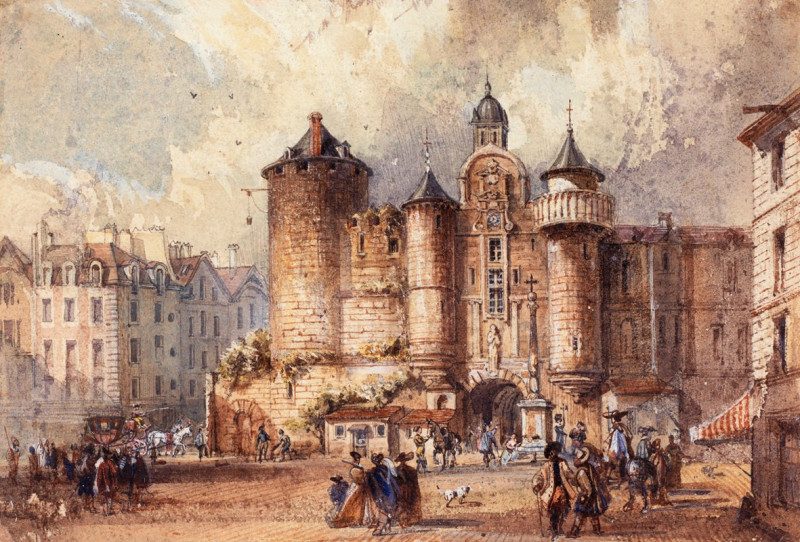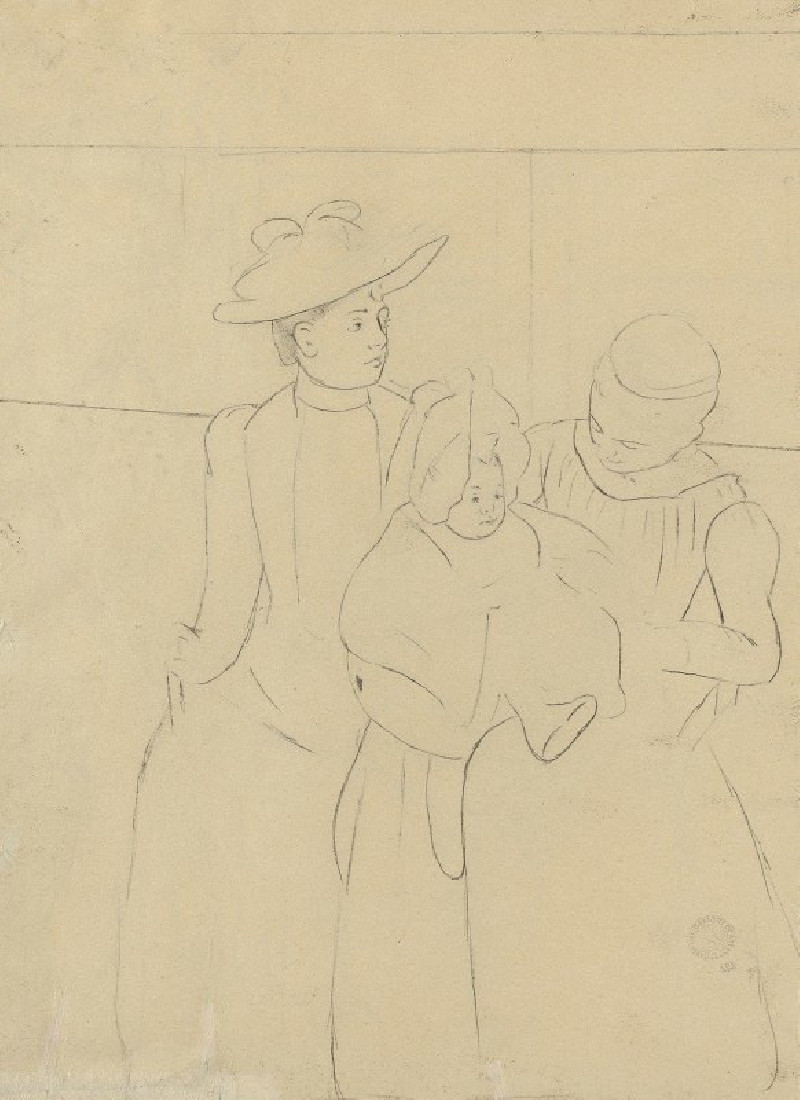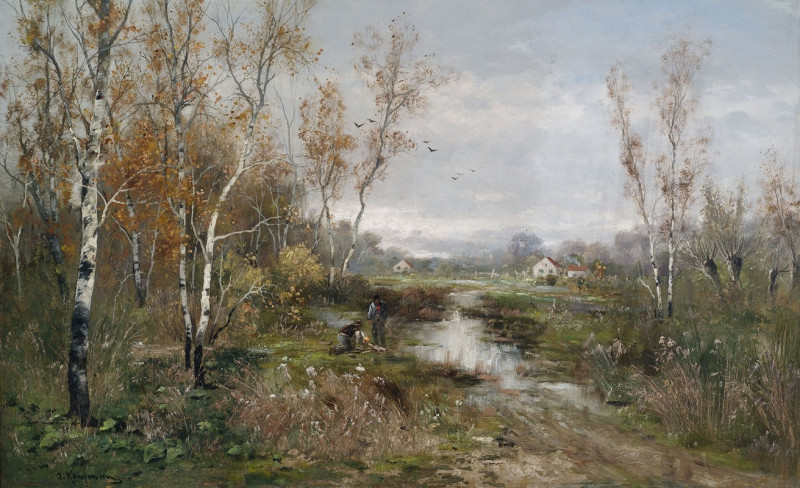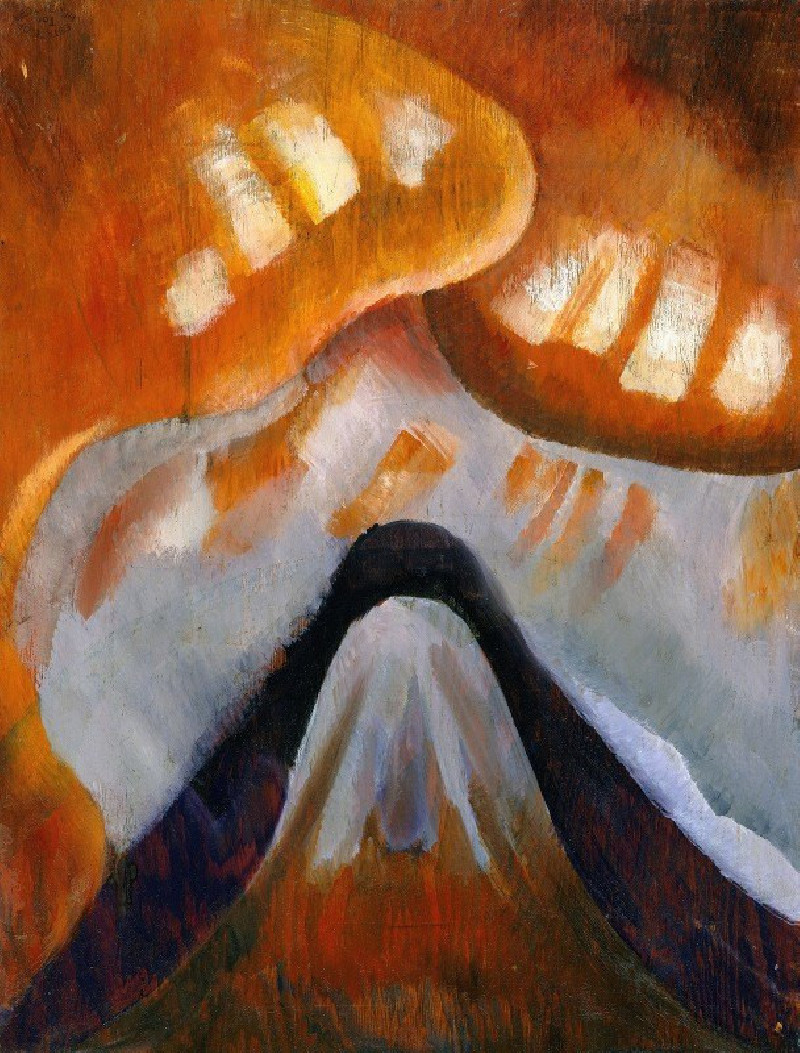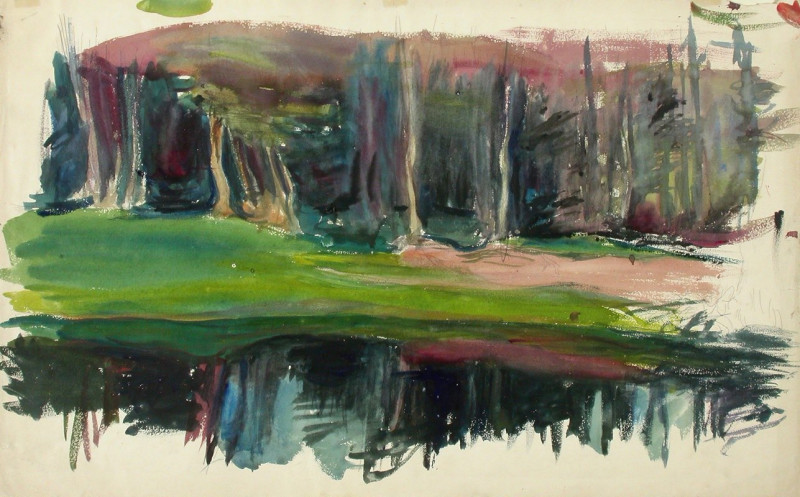Painting No. 48 (1913)
Technique: Giclée quality print
Recommended by our customers
More about this artwork
Welcome to our exploration of "Painting No. 48" by Marsden Hartley, created in 1913, which stands as a striking example of American modernist painting. This particular piece uses vibrant colors and robust shapes to capture the viewer's attention, creating a dynamic visual rhythm.At first glance, the painting presents a complex arrangement of forms and symbols that seem to dance across the canvas. The central feature of this artwork is a prominent number '8,' which is surrounded by varied symbols including what appears to be an Iron Cross at the top left, suggestive of military symbolism. The juxtaposition of these elements might hint at themes of identity, conflict, or personal significance, reflecting Hartley's interest in intertwining personal symbolism with abstract forms.The color palette is rich with reds, yellows, and blues, each boundary defined with bold black lines that enhance the composition's clarity and impact. The use of geometric shapes and overlapping forms creates an almost three-dimensional effect on a flat canvas, demonstrating Hartley's skill in manipulating space and depth.This artwork, with its enigmatic symbols and striking use of color, invites interpretation and offers a glimpse into the innovative spirit of early 20th-century American modernism. Hartley's "Painting No.
Delivery
Returns
Marsden Hartley (1877–1943) is a Maine native and a leading American Modernist painter, along with his contemporaries, Arthur Dove and Georgia O’Keeffe. He is well-known for employing geometric abstraction as well as bold colors and lines. His paintings depicted imagery of nature, landscapes, figures, and still-life. Sponsored by Alfred Stieglitz, Hartley went to Europe in 1912, spending most of his time in Germany, where he met Gertrude Stein, Wassily Kandinsky, and Franz Marc. After returning to America in 1930, he reconnected with the New England of his childhood and started to portray the landscapes of New England in his paintings.

